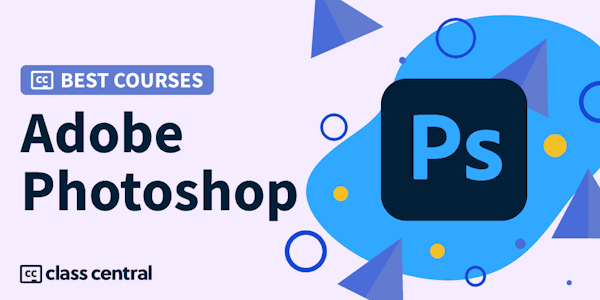Industry pro Deke McClelland teaches you how to build on your basic knowledge and achieve next-level effects in the premiere image-editing program from Adobe, Photoshop CS6.
In this course, industry pro Deke McClelland teaches you how to build on your basic knowledge and achieve next-level effects in the premiere image-editing program from Adobe, Photoshop CS6. Discover how to seamlessly move and patch areas of a photo with the Content-Aware toolset; stretch the brightness of a scene with automatic and custom Levels adjustments; create intricate designs with text and shapes; and morph an image with layer effects and transformations. Deke also shares his techniques for sharpening details, whether addressing noise and highlight/shadow clipping or camera shake, and converting a full-color image to black-and-white. The final chapters show you how to best print and save images for the web, making sure all your hard work pays off in the final output.
In this course, industry pro Deke McClelland teaches you how to build on your basic knowledge and achieve next-level effects in the premiere image-editing program from Adobe, Photoshop CS6. Discover how to seamlessly move and patch areas of a photo with the Content-Aware toolset; stretch the brightness of a scene with automatic and custom Levels adjustments; create intricate designs with text and shapes; and morph an image with layer effects and transformations. Deke also shares his techniques for sharpening details, whether addressing noise and highlight/shadow clipping or camera shake, and converting a full-color image to black-and-white. The final chapters show you how to best print and save images for the web, making sure all your hard work pays off in the final output.


